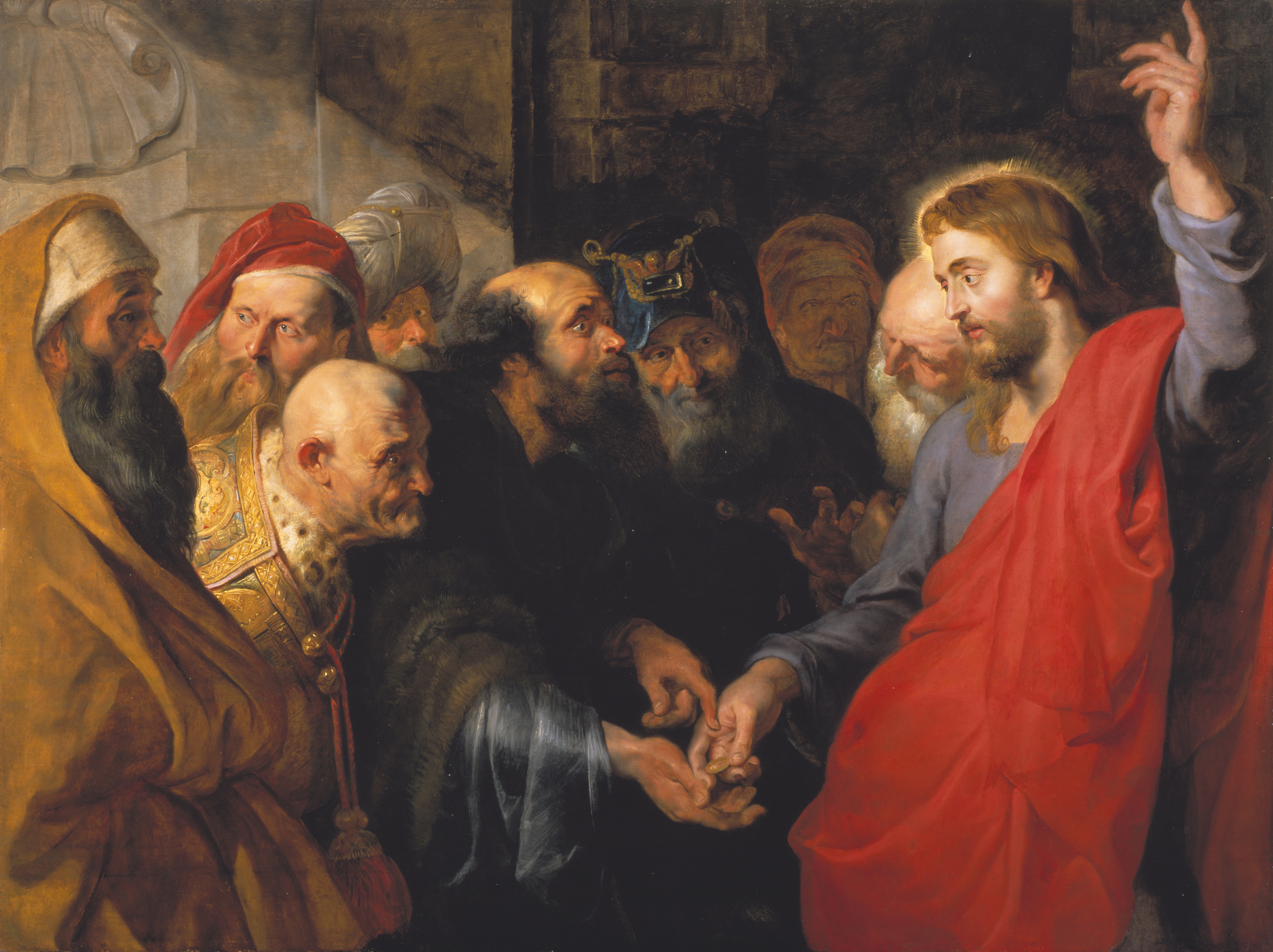
Before he was appointed director of the Fine Arts Museums of San Francisco in 2016, Max Hollein helmed the Städel Museum in Frankfurt. Toward the end of his tenure, he put into motion a large-scale survey of painter Peter Paul Rubens’s (1577–1640) oeuvre, titled “Rubens: The Power of Transformation,” Now, as Hollein is back in the news, preparing to take over as director of the Metropolitan Museum of Art this August, he is following a familiar blueprint.
The Fine Arts Museums, in collaboration with the Art Gallery of Ontario, have announced plans to mount a major exhibition of works by the Flemish Baroque painter—the biggest US exhibition dedicated to the artist in over a decade. Titled “The Early Celebrity of Peter Paul Rubens,” it will open in April of next year at the museum’s Legion of Honor before traveling to Ontario in October of 2019.
“Rubens is an extremely fascinating artist, not only because his creative output, but also because he came to represent a different idea of an artist—one closer to that which we have today,” Hollein tells artnet News. “He was a major diplomat; he used both his reputation and the desirability of his work to forge relationships among people in power throughout Europe. To a certain extent, he became one of the first of the first star artists in his time, somebody who can, through their work, bridge cultural sectors.”
Max Hollein, image courtesy of the Fine Arts Museums of San Francisco.
For Hollein, Rubens also laid the groundwork for the type of large-scale art production that we see from artists today. “He worked in a very elaborate workshop. He created a working method that allowed him to spread his work way beyond his immediate area,” he explains. “Today, we take it for granted—we have artists like Jeff Koons who work in big studios with many assistants. I think Rubens was one of the very first artists to develop that idea.”
The Fine Arts Museums own one of Rubens’s most important paintings, The Tribute Money (1612), which will be at the center of the show. In something of a coup for the museum, the exhibition will also feature works on loan from many institutions around the world, including the Koninklijk Museum voor Schone Kunsten in Antwerp, the Kunsthistorisches Museum in Vienna, the Royal Museums of Fine Arts of Belgium, and the National Gallery of Art in Washington, DC. Because of the fragility of the material and the fact many of these paintings are cornerstone works in their museum’s respective collections, loans like these are often declined. Indeed many of the works in the show have never even left Europe.
Peter Paul Rubens, Daniel in the Lions’ Den (c. 1614/1616). National Gallery of Art, Washington. Courtesy of the Fine Arts Museums of San Francisco.
Rubens is often portrayed as an artist beloved by all of Europe, and he achieved recognition across the continent later in his career. But earlier on, success was anything but assured. The show tracks the arc of Rubens’s career—from his return to Antwerp in 1608 after studying in Italy for eight years to painting the Marie de’ Medici Cycle of 24 works at the Luxembourg Palace in Paris in 1622. The Medici paintings proved to be a watershed moment in the artist’s career, putting him on the “Mount Rushmore of painters in Europe at that time,” according to Kirk Nickel, assistant curator of European Painting at the Fine Arts Museums.
Nickel, who is co-organizing the show with Art Gallery of Ontario curator Sasha Suda, says the Rubens exhibition will be the museum’s most ambitious since he arrived two years ago: “In terms of legwork and the relationships that have been developed and the truly collaborative effort to get great masterpieces in both European and American collections—of bringing great art to San Francisco—I don’t think there’s anything that compares in my time at the museum.”
The show’s ambitious scope—and the web of collaborations needed to mount it—are something of a Hollein calling card, according to Nickel. “When it comes to special exhibitions, it takes a director who is really committed to connecting the home institution with the network of major museums around the world,” he says. “Max was responsible for that in many ways during his time at the Fine Arts Museum. He deserves a great deal of credit for making this exhibition work.”